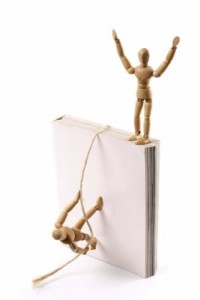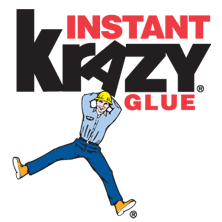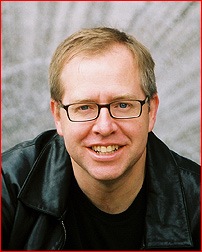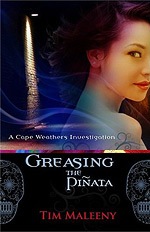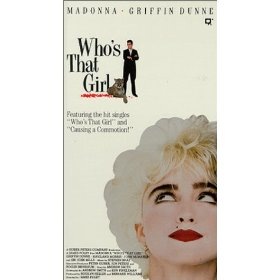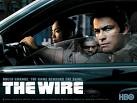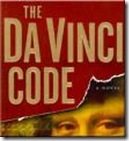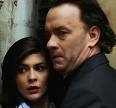For the past few weeks I’ve been recovering from a cold. It was a nasty one- I rarely get sick, but when something manages to overcome my immune system, it’s generally a humdinger. On Monday night I was out to dinner with friends, still coughing.
At the first wheeze, the woman sitting next to me paled and slid away. “Have you been checked yet?”
“For what?” I asked innocently (I should clarify: I’ve been on a bit of a news blackout for the past few weeks. Between being ill and dealing with page proofs, current affairs fell by the wayside).
“Swine flu,” she said.
Now everyone slid a few inches away. I’d seen a headline about swine flu, guffawed at the bizarre name, and promptly forgot all about it. “It’s coming from Mexico, right? I haven’t been to Mexico.”
“Oh, it’s here now. Cases in Marin, the South Bay.”
“I heard they closed the airports overseas,” another friend interrupted. “A friend of mine was trying to fly out for their honeymoon, and the entire E.U. is refusing planes from the United States.”
“Really?” I said. At first, this had seemed funny. But now I was overly aware of the constant tickle in my throat. “But I’m not sick anymore, so even if I had it, it’s gone now, right?”
“Walking pneumonia.” My friend said solemnly. “You seem fine, then in a week you’re dead.”
“And it’s killing healthy people our age,” another friend agreed. “They’re saying it could be the next Spanish flu.”
Now as you can imagine, all of this was very disconcerting. The SARS scare and avian flu had barely been blips on my radar: probably because at the time, I hadn’t been ill (and let’s be honest: avian flu sounds bad, but “swine flu” sounds positively vile, like you might suddenly sprout a snout).
Living in California, we’re frequently told that we’re ground zero for potential pandemics thanks to constant traffic from Mexico and Asia. But despite that, I always blithely assumed that me and mine would remain unaffected.
The mention of Spanish flu put it in a whole different league for me, however. My grandmother lost two siblings during that pandemic, and to her dying day discussed it in hushed tones.
So I ended up leaving dinner, heading home and going online to read everything I could about swine flu.
Good news: half of what was discussed at dinner was not true. Flights from the U.S. to Europe are continuing without pause (although a flight from Mexico to London resulted in all passengers being examined). Not only that, but U.S. citizens aren’t even being told to change travel plans to Mexico.
The whole incident got me thinking about fear, however, and the ways we sow panic amongst ourselves. 14 swine flu cases have been confirmed in the U.S. as of the time I’m writing this, with one fatality. The normal, run-of-the-mill flu kills about 36,000 Americans a year. So why this fear? Does the media create it to fill air time and drive up ratings? Why is the mere mention of a “pandemic” enough to send us heading for the hills? Some of my friends are debating keeping their children out of school. A local parent sent out an email detailing how we should be washing our produce in a diluted vinegar/bleach solution. One friend has even considered dropping everything and going to a relatively unpopulated area until sometime after May 6th, when apparently if all goes well, the worst of the danger will have passed.
Recently Philip Alcabes, the author of a book entitled, “Dread: How Fear and Fantasy have Fueled Epidemics,” was a guest on The Daily Show. He claimed that most of the threats we get all worked up over are meaningless in comparison to the much more real daily dangers we face. For example, in San Francisco it’s statistically far more likely that I’ll be hit by a car than die of swine flu (it’s not a great city for pedestrians. We’re working on it, but if you visit, look both ways before crossing the street. Even on one-way streets. Seriously.) Getting hit be a car doesn’t sound as scary as swine flu, though, does it?
So I made an appointment with the doctor to get checked out (if nothing else, this cough is driving me crazy). Fingers crossed, I won’t grow a snout.
So what do you think? Much ado about nothing, or should we head for the hills?
~~~~~~~~~~~~~~
Coming up on our Kill Zone Guest Sundays, watch for blogs from Sandra Brown, Steve Berry, Robert Liparulo, Paul Kemprecos, Linda Fairstein, Oline Cogdill, James Scott Bell, and more.


